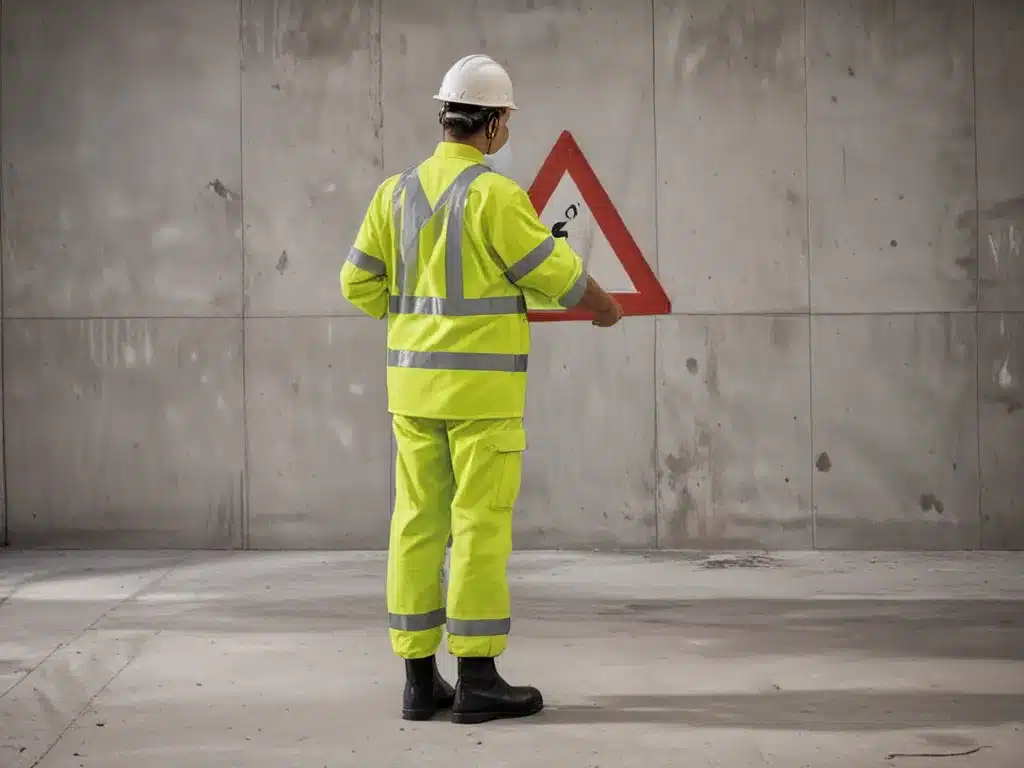Introduction
My name is John and I have been working in industrial safety for over 10 years. In my experience, hazardous situations can arise in any workplace environment if proper precautions are not taken. Safety should always be the number one priority for companies and employees alike. In this article, I will provide an extensive overview of handling hazardous situations in the workplace, with a focus on preparation, response, and prevention. My goal is to equip readers with the knowledge to identify risks, react appropriately in dangerous scenarios, and ultimately cultivate a culture of safety first. There is a lot to cover, so let’s get started!
Assessing Potential Hazards
Before hazardous situations can be properly handled, the potential risks must be identified and assessed. Here are some best practices for analyzing hazards:
Conduct Regular Risk Assessments
-
Perform comprehensive assessments to identify potential hazards in the workplace. Consider equipment, processes, layout, employee behaviors, etc.
-
Involve frontline workers in assessments – they have valuable insights into risks.
-
Update assessments regularly as conditions, equipment, and processes evolve.
Categorize Hazards by Severity and Likelihood
-
Rate risks based on potential severity (minor, major, catastrophic) and likelihood of occurring (rare, likely, almost certain).
-
Focus highest priority on catastrophic hazards that are likely/almost certain to occur.
Identify Contributing Factors
-
Consider which human errors, equipment failures, or procedural lapses could lead to or compound hazardous situations.
-
Addressing these contributing factors is key to prevention.
Consult Standards and Best Practices
-
Research hazard resources published by OSHA, NIOSH, and industry organizations.
-
Adapt best practices to your specific workplace.
Emergency Response Preparation
Once potential hazards are assessed, emergency plans and resources must be implemented to ensure effective response.
Emergency Action Plans
-
Develop detailed emergency response plans for various scenarios – evacuation, leak, collapse, fire, etc.
-
Include response procedures, assigned roles/duties, communications protocols, and training requirements.
Equipment and Resources
-
Provide emergency response equipment like spill kits, fire extinguishers, first aid kits, PPE, etc. Strategically locate for easy access.
-
Post emergency phone numbers, response info, evacuation routes conspicuously.
Training and Drills
-
Train all employees on emergency response plans and use of response equipment.
-
Conduct regular drills to evaluate and improve response efficiency.
Monitoring and Alert Systems
-
Implement alarm systems to quickly notify employees of hazardous situations.
-
Monitor high-risk areas with gas detectors, video surveillance, etc.
Responding to Hazardous Situations
When a hazardous situation arises, following emergency response protocols and using good judgment is critical:
Remain Calm and Vigilant
-
Avoid panic and keep emotions under control to make smart decisions.
-
Be alert and actively assess the situation for hazards and changes.
Isolate the Hazard Area
-
Clear employees from immediate danger zone if possible.
-
Seal off area to limit exposure and prevent spread.
Execute Emergency Plans
-
Follow emergency response procedures for the specific hazard scenario.
Use emergency equipment properly. -
Fill assigned response role – evacuate people, contact emergency services, administer first aid.
Communicate Effectively
-
Use radios, PA systems, or phones to quickly coordinate response.
-
Provide clear warnings and instructions to employees.
Adapt as Needed
-
Emergency plans may need adjustment during response based on changing conditions.
-
Be ready to think on your feet if the situation veers off plan.
Preventing Future Hazardous Situations
While response is critical in dangerous scenarios, the ultimate goal is preventing hazardous situations from occurring altogether.
Hazard Elimination
- Eliminate hazards completely if feasible – stop using a dangerous chemical, enclose moving parts, etc.
Engineering Controls
- Install safety guards, ventilation systems, machine sensors, and other mechanisms to reduce risk.
Administrative Controls
- Establish safer procedures, allow only certified employees in high-risk areas, limit exposure time, etc.
Personal Protective Equipment (PPE)
- Supply appropriate PPE like respirators, hard hats, goggles, and require their consistent use.
Safety Training
- Educate employees extensively on hazard prevention, equipment operation, emergency response, and safe work practices.
Workplace Culture of Safety
- Cultivate an environment where safety is valued as the top priority over productivity or short cuts. Empower employees to speak up about concerns.
Conclusion
By thoroughly analyzing hazards, preparing emergency response plans, effectively reacting in dangerous scenarios, and making prevention an everyday priority – companies can significantly improve workplace safety. It takes commitment and vigilance, but the rewards of reduced injuries, improved morale, and better compliance are well worth it. Remember, safety first in all you do. Let me know if you have any other questions!







